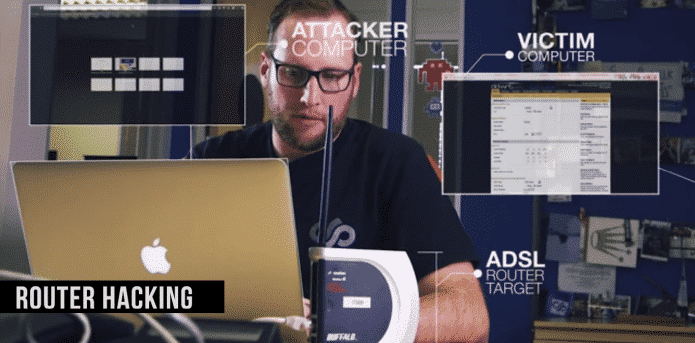Watch: Hacking an ADSL router is this easy
Majority of Internet users use average home ADSL router for broadband connection. Despite being the gatekeepers to your network, these ADSL routers can be easily hacked. This is because ADSL routers are low-cost consumer devices manufactured on the assembly lines somewhere in China without much of security investment or security patches or updates.
SensePost CTO Dominic White says that the home ADSL routers can be hacked in many ways due to this fact. He demonstrated this by running a “drive-by attack” on a router running DD-WRT third-party firmware. Similar attacks are possible against other router software, while several other types of attacks against home ADSL routers can also be executed.
“There was a competition at Defcon last year [2014] called SOHOpelessly Broken, focusing on attacks on these things,” said White.
White said that some of these routers may require physical access to the device, or that the attacker is connected to the same local network as the router. White demonstrated a type of attack that a hacker could use that doesn’t require either of those connections – a cross-site request forgery (CSRF).
This attack exploits the fact that users might log into their router to check or change something and then not log out. Some router firmware doesn’t even offer the option to log out. Once the ADSL router has been hacked a cyber criminal may set up an attack website, or have the HTML needed to execute the attack delivered over an advertising network that may not scrutinise the content of the ads it serves.
In this way, an attacker could change the username and password of routers that don’t have protection against CSRF attacks. If login to the router was previously restricted to the local network, an attacker could also make it accessible from the Internet.

